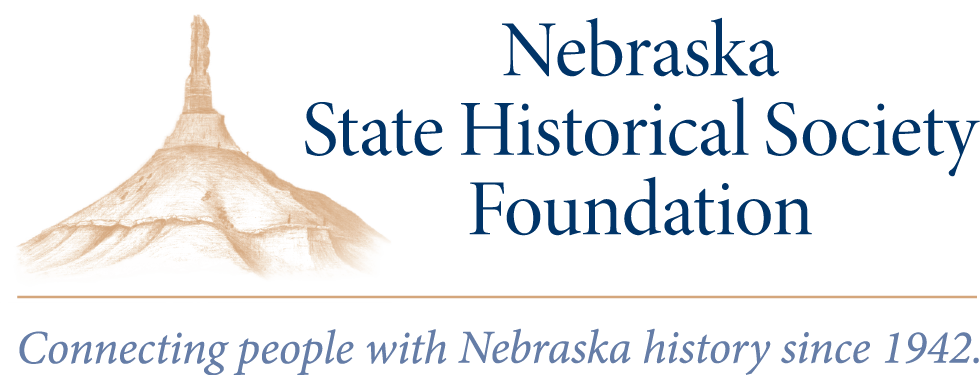Learning From the Past, Understanding the Present, and Discovering the Future
A message from the Pershing Mural Curriculum Committee:
In keeping with the mission of the Pershing Mural Preservation Committee
“To honor the history of Nebraskans, to educate future generations about the unique history and topography of Nebraska, and to preserve a magnificent work of art beautifully depicting Nebraska’s diverse cultures”, the Pershing Mural Curriculum Committee was created. Recognizing the impact the Mural can make as an educational tool and catalyst for learning, academic curriculum focusing on the mosaic has been developed in the areas of art, art history, language arts, history, and historic preservation.
The lesson plans and accompanying teaching materials (Power Points, Worksheets, PDF’s) provide opportunities for deeper contextual contemplation and appreciation of the Mural’s realistic, abstract, and symbolic composition as students relate to how its study impacts them on a personal and cultural level. This curriculum is made available free of charge for Nebraska educators, students, homeschooling families and lifelong learners to use in their studies.
Whether the students are asked to create time capsules, mood boards, poetry, short stories, newspaper articles, dioramas, or the many other exciting activities outlined in the curriculum, each lesson contains Nebraska Standards, Learning Objectives, Direct Learning, Guided and Independent Practice, and Evaluation Standards. All lessons are written for the sixth-grade level but can easily be adapted for higher or lower grade levels as needed.
Humanities Nebraska “produces and supports many different programs each year that help thousands of people of all ages explore what connects us and makes us human”. The Committee is grateful for the support of Humanities Nebraska in this endeavor. Please note, however, the views expressed in these materials do not necessarily reflect the views of Humanities Nebraska or the Nebraska Cultural Endowment. Special thanks to Humanities Scholar, Dr. Patrick Jones (UNL) for working with the Committee as an advisor and consultant to enrich and refine these lessons. We appreciate his enthusiasm and contributions to the final product.
Please know the lesson plans featured in this curriculum are just a starting point for discussion and exploration. We have no doubt that depending upon the interest and abilities of students, educators and lifelong learners will be able to expand the dialogue these lessons will spur. Our greatest hope is that students will be inspired to embrace the art, history and culture of this great State with curiosity and appreciation.
–The Pershing Mural Curriculum Committee
- Bringing the Pershing Mural into the 21st Century
- Celebrating the Pershing Mural
- Connecting with the Pershing Mural
- Creative Writing: Chain Story
- Didactic Cinquain Poem
- Exploring Architecture: Creating a Mood Board
- Exploring Architecture: Creating an Imaginative Landscape Diorama
- Exploring Architecture: Meet the Architect
- General John J. Pershing
- Historic Preservation Terms and Activities
- History Detectives
- Making the Case for Historic Preservation
- Nebraska Sites on the National Historic Register of Historic Places Scavenger Hunt
- Public Art
- The History and Art of Mosaics
- Time Capsule
- Using Art to Promote Inclusion and Respect
- Writing an Artist Statement
We Want to Hear From You
If you have any feedback, testimonials, or student work examples using the you would like to share with us, please follow the link to complete our feedback form. Thank you!
Bringing the Pershing Mural into the 21st Century
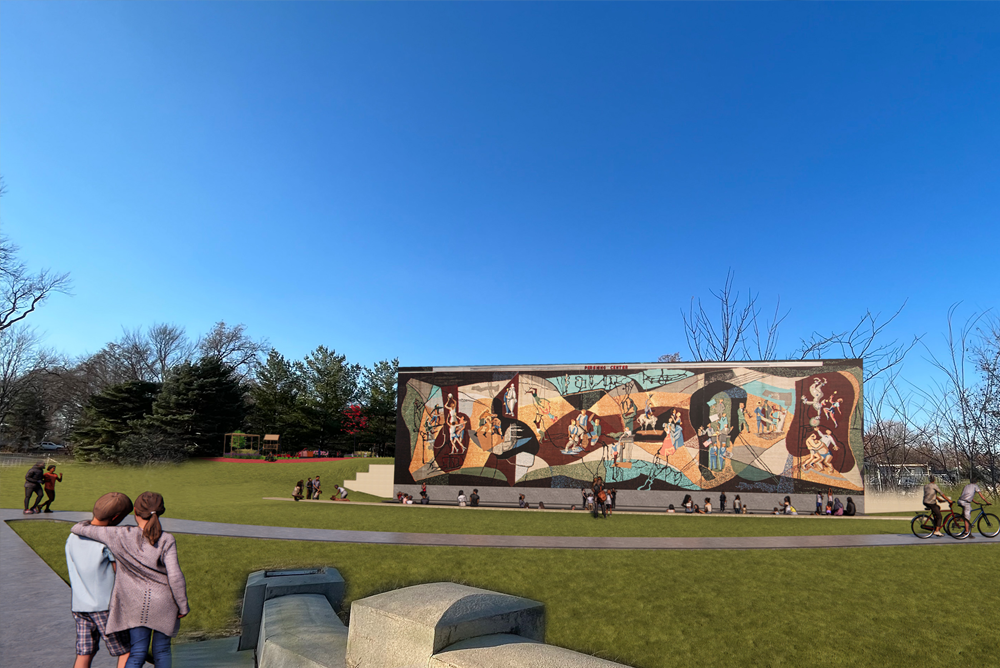
This lesson takes a close look at the 20th-Century Mural and the artists who designed it and asks students to reimagine the mosaic from a 21st-Century standpoint. Students will be invited to design their own modern-day Pershing Mural and a second activity asks them to create their own “Nebraska Mural”.
Focus: Art, Art History, History, Language Arts
Celebrating the Pershing Mural

Students will be introduced to “Ode to a Nebraska Mural”, the commissioned work of Nebraska State Poet Matt Mason. They will explore the artistic imagery and expression found in both the Poem and the Mural.
Focus: Art Appreciation, History, Language Arts
Connecting with the Pershing Mural
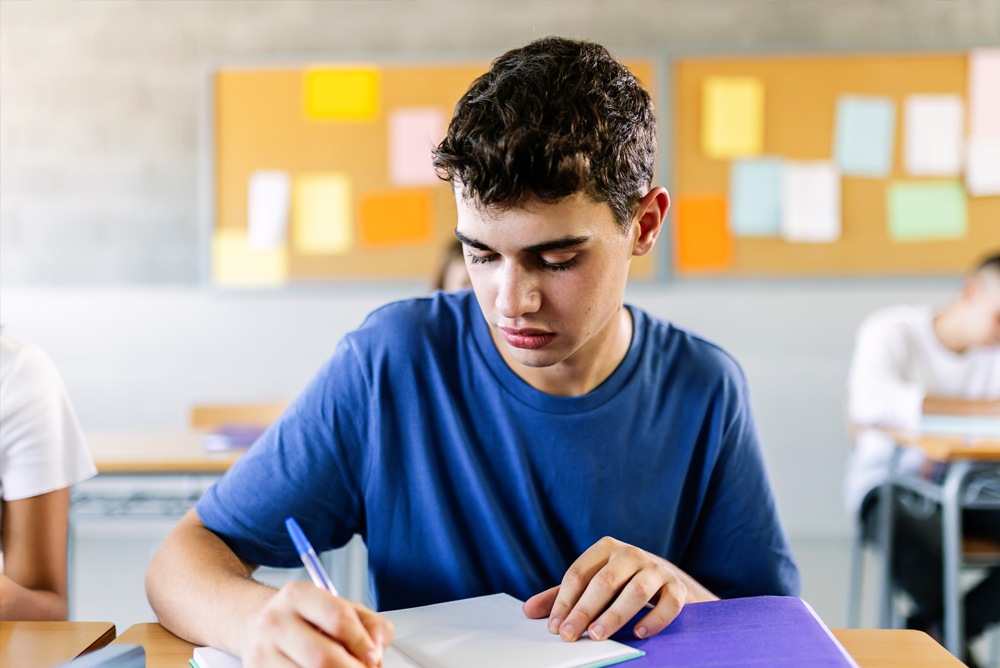
Students are invited to analyze the Pershing Mural through a four-step process. They will identify art elements such as line, shape, color, composition, materials, and subject matter found in the Mural composition.
Focus: Art, Art Appreciation, Language Arts
Creative Writing: Chain Story

In this lesson, students are invited to study the Pershing Mural and explore the many activities that took place in the Auditorium. By writing a short story in “Chain Story” form, the students will work collaboratively using the Mural as the prompt.
Focus: History, Language Arts
Didactic Cinquain Poem
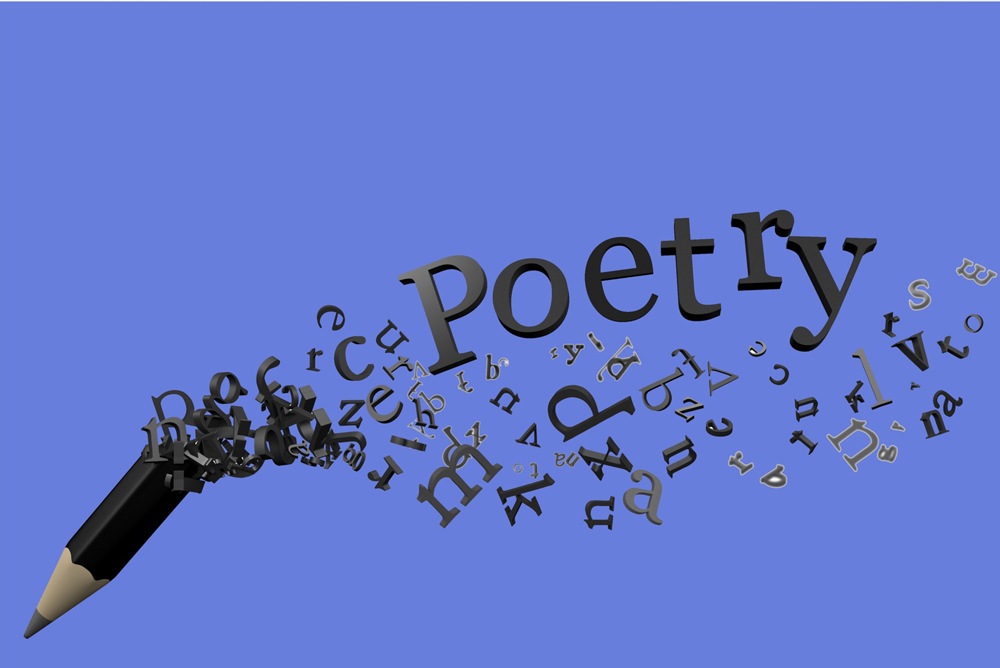
Students are introduced to the poetry form of Didactic Cinquain. They will work collaboratively and independently to create one or more cinquain poems using the Pershing Mural as the catalyst and inspiration.
Focus: Art Appreciation, Language Arts
Exploring Architecture: Creating a Mood Board
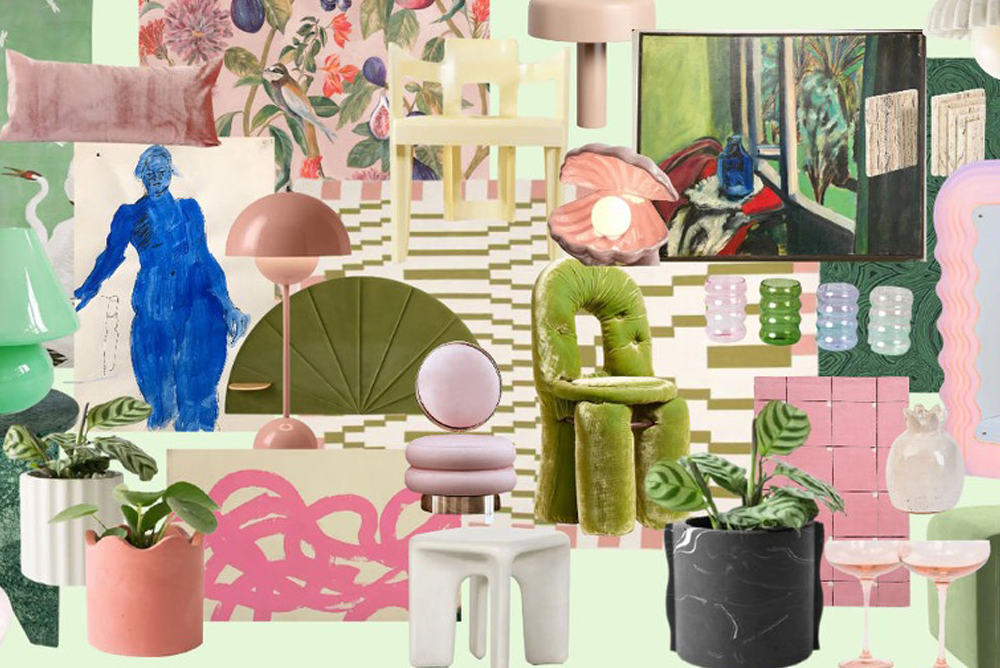
Students will learn about the importance of Mood Boards that are used by architects to share ideas and concepts. They will be asked to create their own Mood Boards and write artist statements to accompany them.
Focus: Art, Art Theory, Language Arts
Exploring Architecture: Creating an Imaginative Landscape Diorama
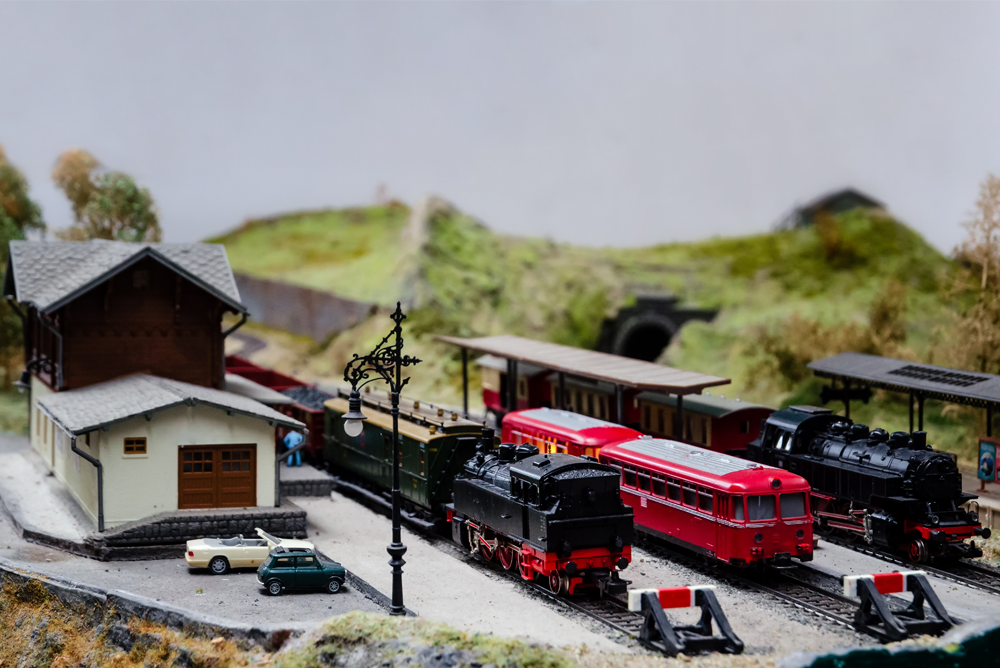
In this lesson students will learn how models and dioramas play an important part in the architectural process by providing a vision and telling a story. Students will be invited to create their own dioramas with accompanying artist statements.
Focus: Art, Art Theory, Math
Exploring Architecture: Meet the Architect
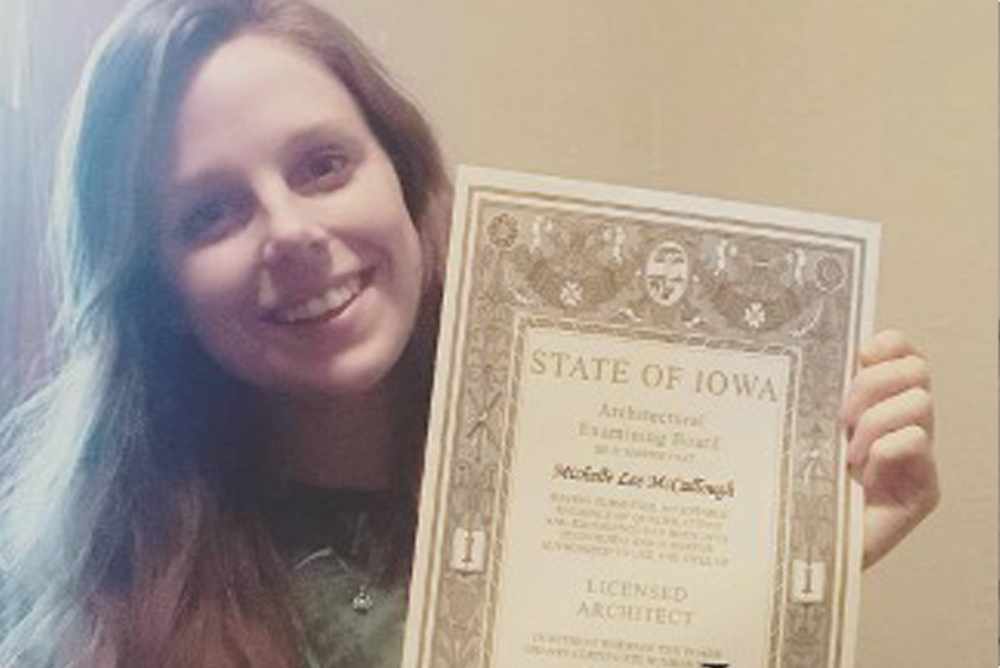
In this lesson, the students will view the Power Point “Meet the Architect!” to see the talking points of an interview with Michelle McCullough, the Pershing Mural Project Architect. They will learn about her profession, her career, and her work on the Mural installation. They will be asked to write an article for a newspaper using the interview as their subject.
Focus: Architecture, Language Arts, Art, Science
General John J. Pershing
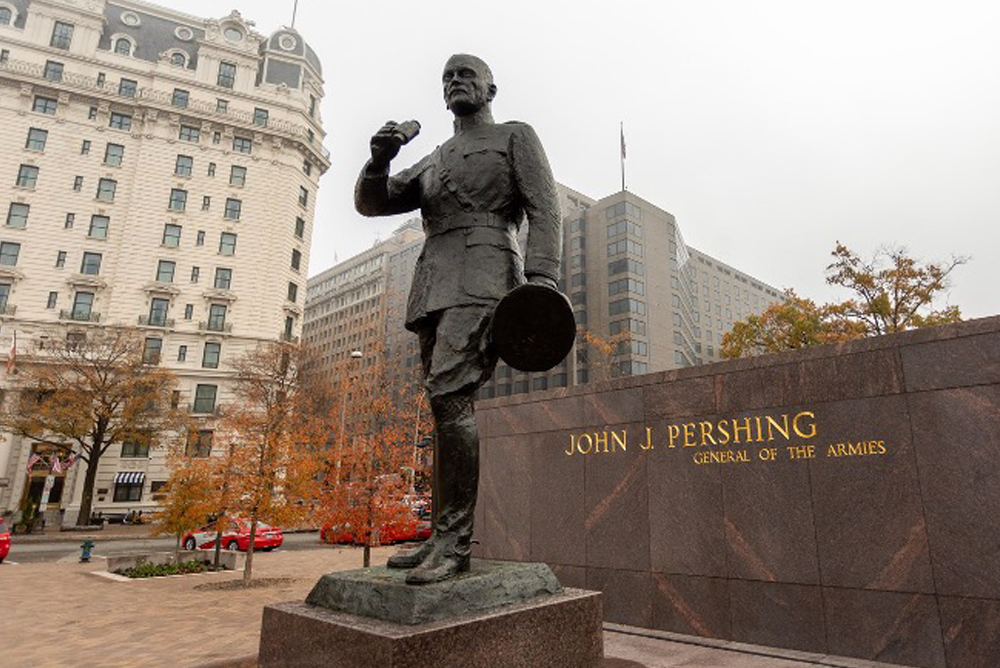
Students will be invited to learn more about the namesake of the Pershing Mural and Auditorium, the highly-decorated General John J. Pershing, and explore his connection to Lincoln, Nebraska. Their assignment will be to write the speech given by the Lincoln Mayor at the dedication ceremony for the Mural in 1957.
Focus: History, Language Arts
Historic Preservation Terms and Activities
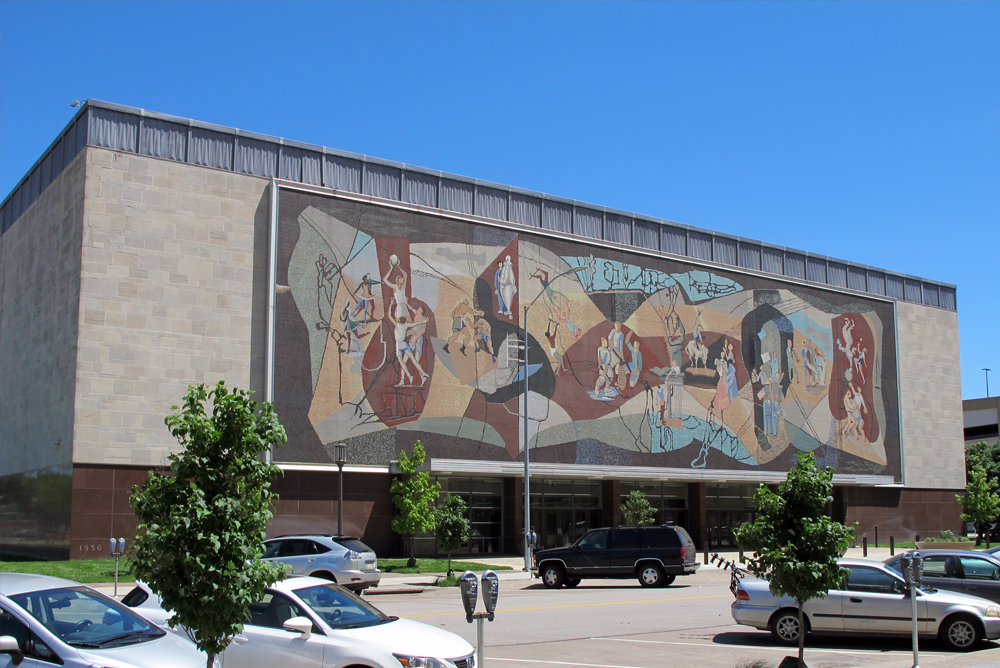
This resource lists a number of historic preservation terms that are important in the study of historic sites. In addition to reviewing terms and definitions, activities to reinforce terminology knowledge and usage include downloads for the activities “Criss Cross, Falling Phrases, Cryptogram, Word Search, and Double Puzzle” and PDF “Terms Commonly Used in Historic Preservation”.
Focus: Historic Preservation, Language Arts
History Detectives
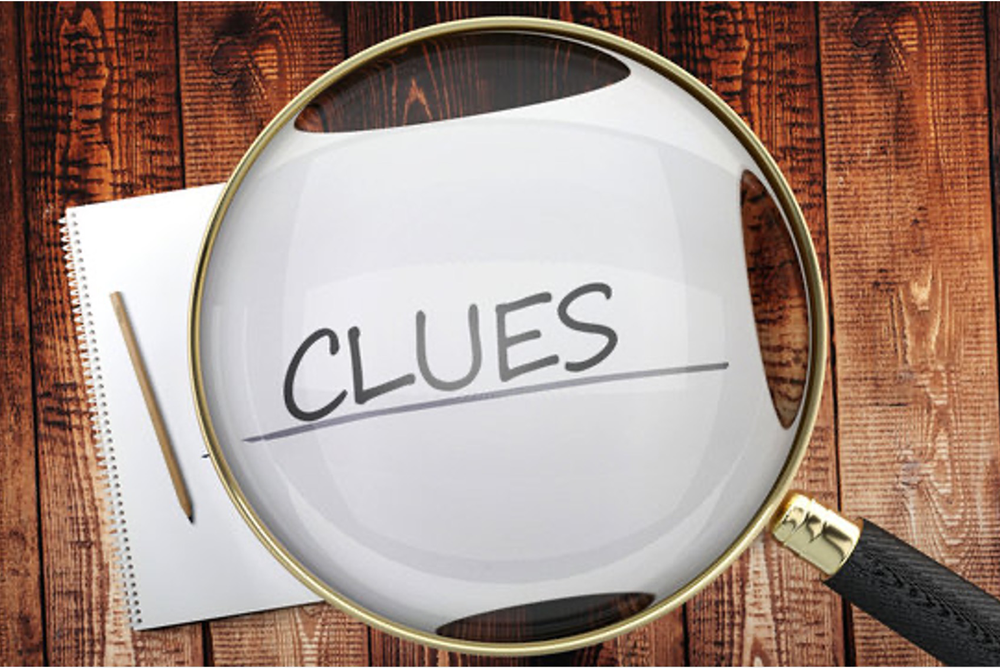
Students will learn the techniques used to explore historic sites and interpret artifacts. They will select an historic site and then research it to build a “case file” of the site to be presented to their class.
Focus: History, Historic Preservation, Language Arts
Making the Case for Historic Preservation
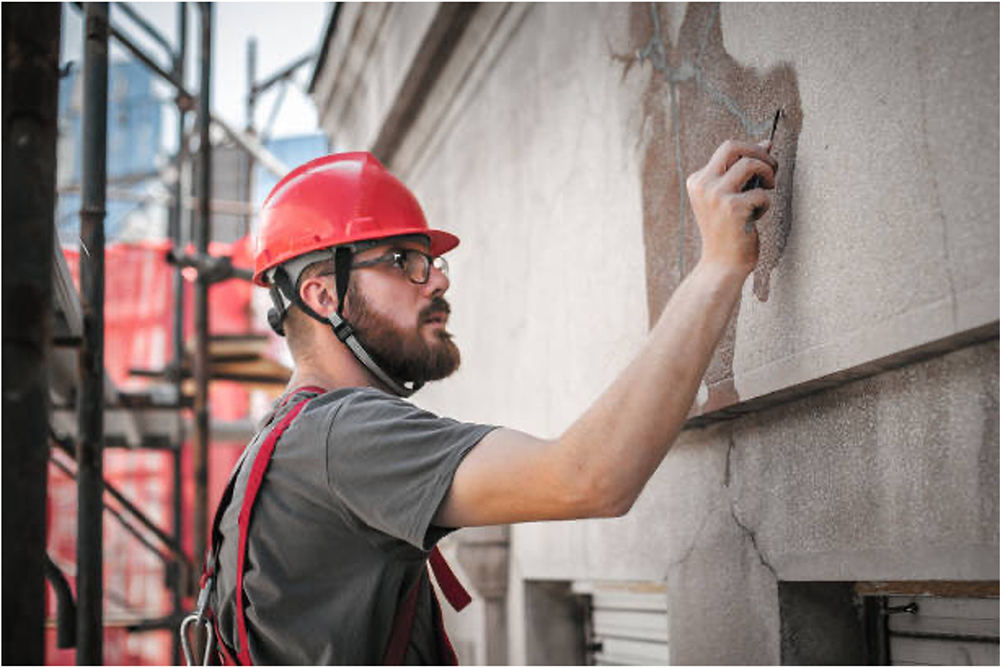
In this lesson, students learn about the importance of saving historic structures, such as the Pershing Mural. They will discover how culture, education, the economy, neighborhoods, and the environment are all affected by preserving historic sites. Students will be asked to create persuasive posters to encourage historic preservation.
Focus: Historic Preservation, Social Studies, Art, Language Arts, Marketing
Nebraska Sites on the National Historic Register of Historic Places Scavenger Hunt
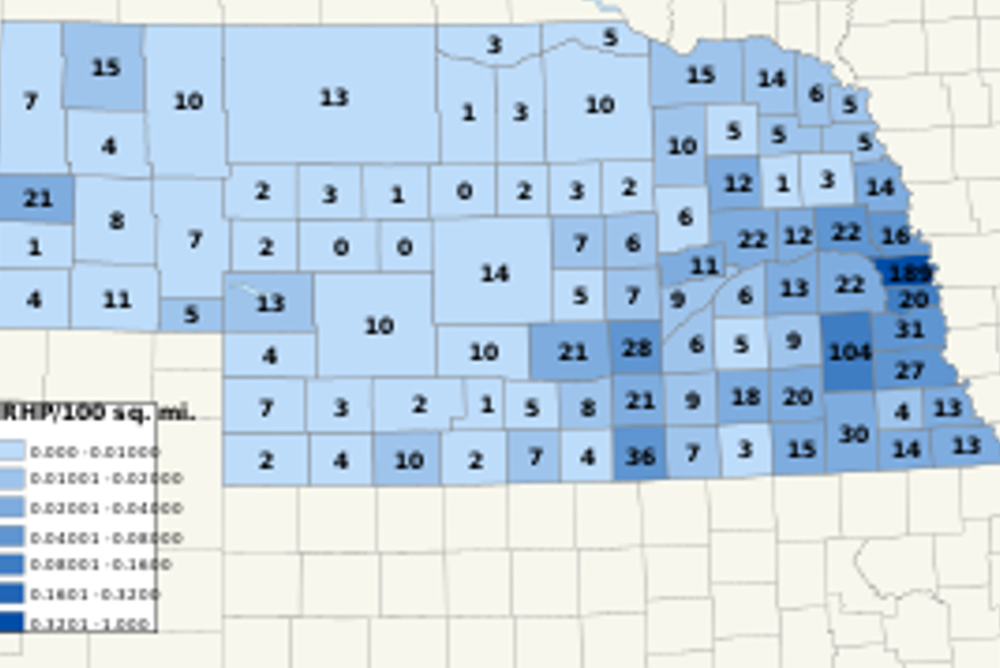
Students will learn about the National Register of Historic Places and how to explore sites listed on the Register. They will be asked to complete a digital, virtual scavenger hunt to identify and locate 15 sites found in Nebraska.
Focus: History, Historic Preservation, Nebraska Geography
Public Art
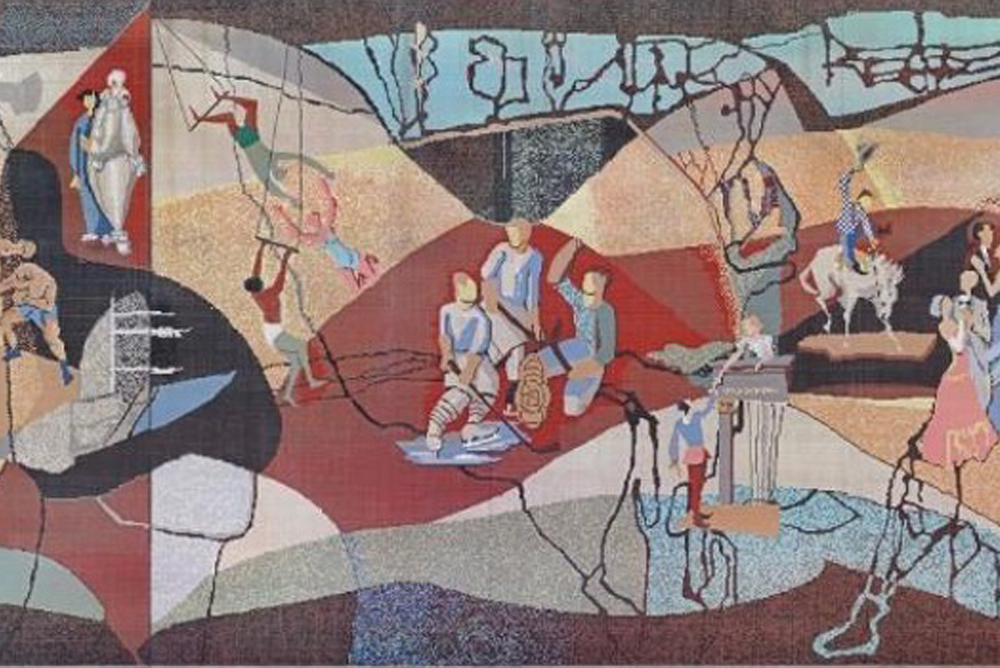
In this lesson students will be introduced to Public Art through an interview with Liz Shea-McCoy, a Nebraska artist and Public Art advocate. A series of five lessons/activities will help students to identify and better understand the importance of Public Art in their community through analysis and discussion.
Focus: Art, Art Theory
The History and Art of Mosaics
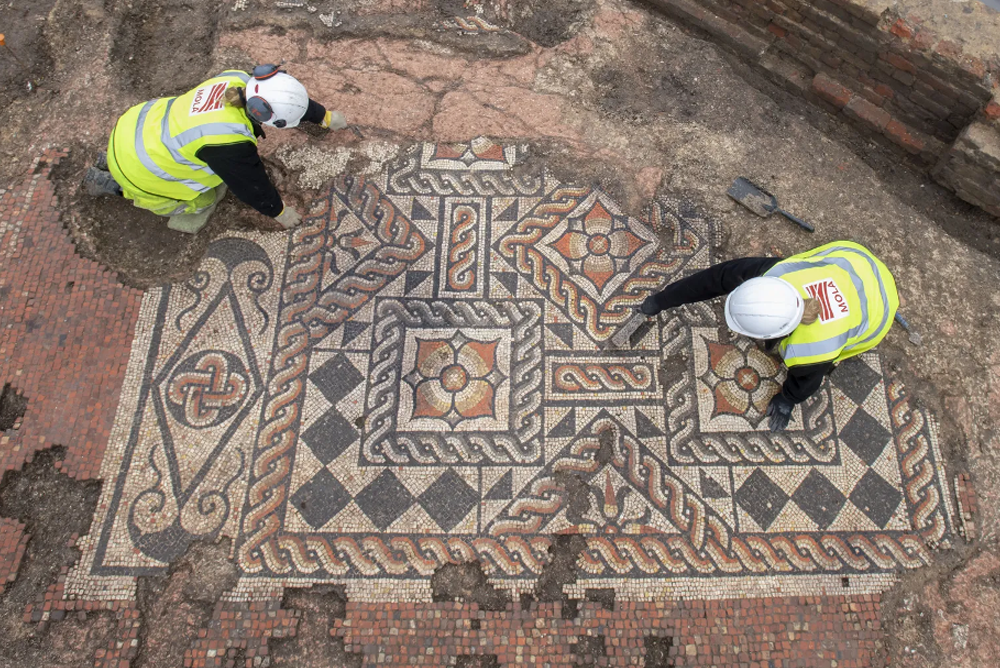
Students will be invited to learn about the history of the artform of mosaics and understand their importance in our lives in modern times. In Activity One, the students will be asked to research a mosaic, write a research paper and present their findings in an oral presentation. Activity Two invites students to design and create their own paper mosaic.
Focus: Art, Art History, Art Appreciation, Language Arts
Time Capsule
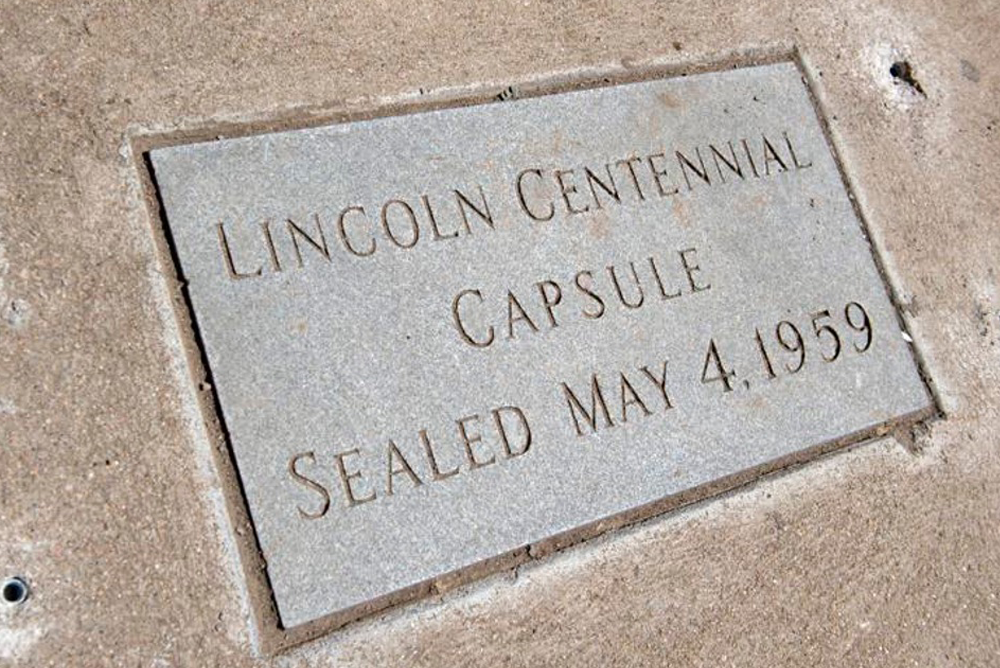
In this lesson, students will learn about time capsules and how the past can send a message to the future. The students will be invited to create and fill their own time capsules and will also write a personal time capsule letter to be mailed back to them in the future.
Focus: History, Language Arts
Using Art to Promote Inclusion and Respect
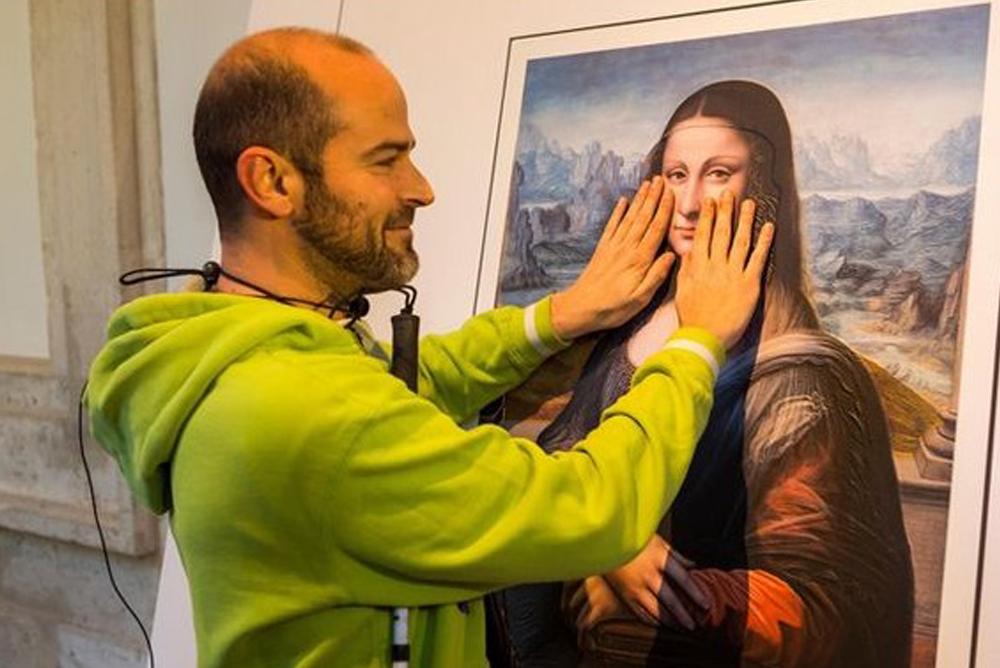
Students will learn about ways to make art accessible to blind and low-vision people. They will be asked to create an art piece that can be experienced tactically as well as visually and complete two exercises that will help students understand and promote inclusion and respect through art and communication.
Focus: Tactile and Visual Art, Language Arts, Communication
Writing an Artist Statement
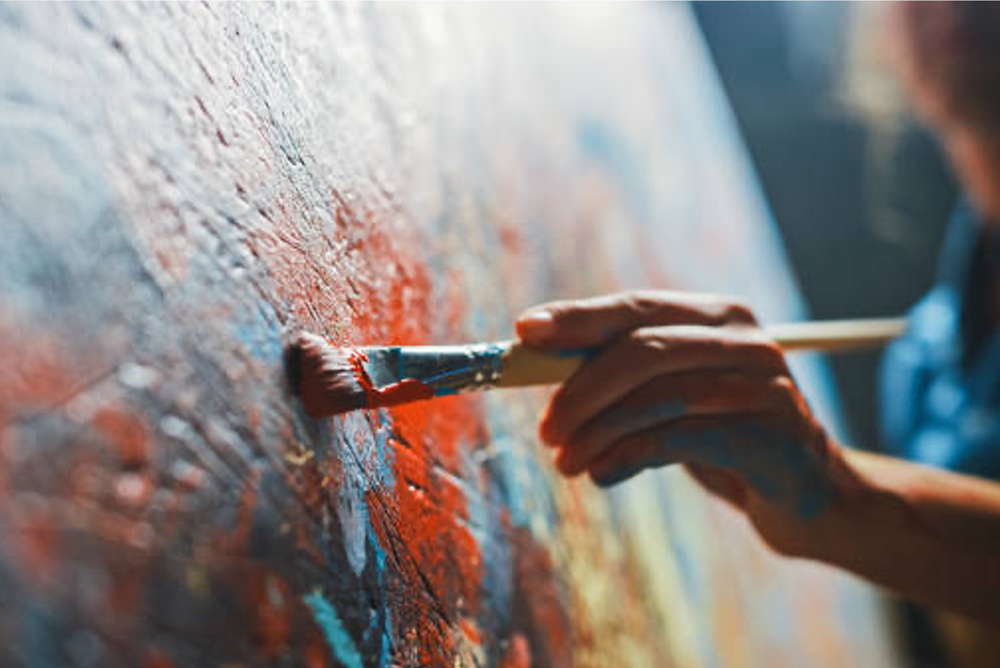
Since no artist statement has been found for the Pershing Mural, students will be asked to learn about the Mural through examination and exploration and then write an artist statement for the Mural’s artists, Thiessen and Hammon.
Focus: Art, Art Appreciation, Language Arts
